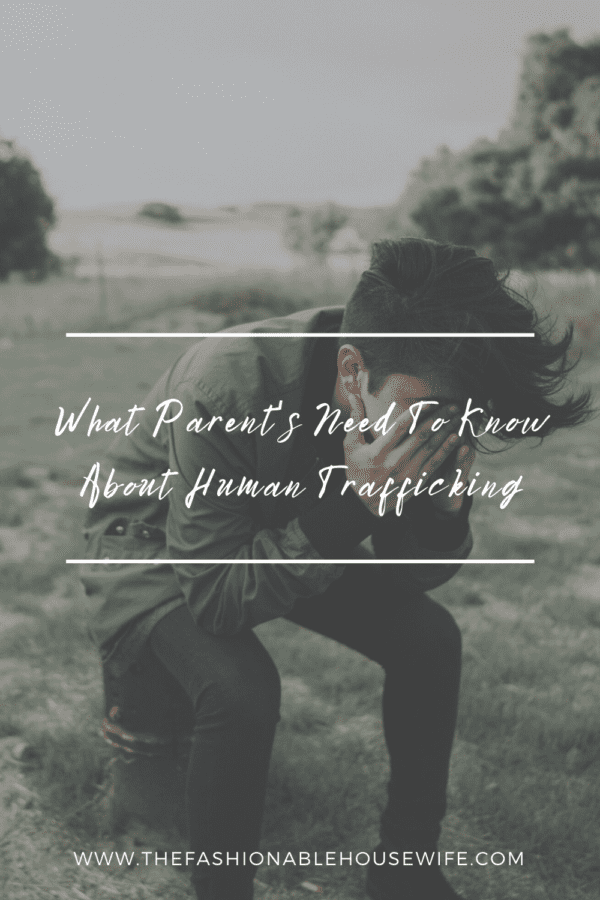
Human trafficking is a worldwide problem that impacts nearly 20 to 40 million people each year. Although most people are aware that human trafficking exists, they don’t realize the full impact or scope of problems caused by these types of crimes. You need more than front door security to make sure your child doesn’t become a statistic.
What Is Human Trafficking
Human trafficking involves forced exploitation of a person into situations including marriage, prostitution, and organ removal. The business of human trafficking accounts for annual global profits of about $150 billion. At least $99 billion comes from commercial sexual exploitation where victims are forced to provide sexual services for money by traffickers. Most victims are forced into prostitution, slavery, or debt bondage through coercion, fraud, or abduction.
Who Is Most At-Risk?
Many sex trafficking victims are recruited abroad and transported to other countries. In the United States, it’s estimated that 50,000 people are trafficked into the country each year, mostly from Mexico and the Philippines. According to the International Labor Organization (ILO), 74% of sexual exploitation victims are living outside their country of residence. Globally, women and girls make up 71 % of sexual exploitation victims, men and boys make up 29%, and 75% of victims are age 18 or older.
In 2018, over 50% of criminal human trafficking cases in the United States involved victims who were children. Reports show that a large number of child sex trafficking victims were in the foster care system at one time. The average age of child victims, both girls and boys, is 12 to 14 years old. While many children are recruited by traffickers using online media platforms, some victims are runaways who are sexually abused as children.
While commercial sex exploitation accounts for most profits for traffickers, it is not the only type of human trafficking that’s a problem. It’s estimated that 24.9 million people are trapped in some type of modern-day slavery by forced labor which also accounts for big profits. ILO reports this annual breakdown of illegal profits:
- $99 billion from commercial sexual exploitation
- $34 billion from construction, manufacturing, mining, utilities, and hospitality
- $9 billion from agriculture, including fishing and forestry
- $8 billion from domestic workers
Approximately 7.5 million trafficking victims work in construction, manufacturing, mining, utilities, and hospitality industries; 1.7 million work in agriculture; and 3.8 million work as domestic workers. It’s estimated that victims of forced labor spend an average of 20 months in slavery-type conditions that often expose them to physical and verbal abuse, unsanitary conditions, malnutrition and dehydration, and long-term isolation. Many victims of forced labor are forbidden to leave their environment and punished severely if they try. Some are even kept in a lock-down situation when not working.
Studies show that the return on investment for sexual exploitation ranges from 100% to 1,000% for traffickers, while an enslaved laborer can produce more than 50% profit, even in less profitable markets. While there are big profits in sexual exploitation, forced labor cuts costs for business operations.
Swept Under the Rug
Many cases of human trafficking go undetected and unreported, so they are not prosecuted. In 2016, the U.S. State Department reported only 14,894 prosecutions and 9,071 convictions for global trafficking offenses. Out of the 16 million forced labor cases, only 1,038 cases were prosecuted.



